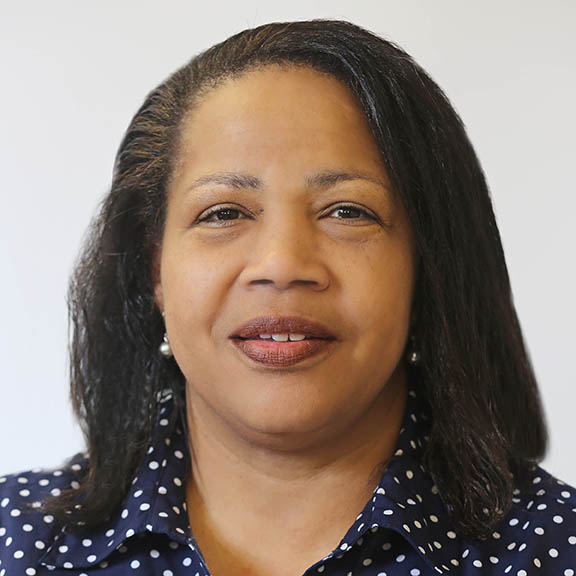Tackling curriculum in a teacher preparation program is complicated work. At Jackson State, we have three pathways and 18 teaching faculty members across multiple course offerings in the junior and senior course sequence run by the college of education. But we knew that if we wanted to truly transform the experience and eventual effectiveness of our teacher candidates, overhauling the clinical experience—which I described in my previous post—wasn’t enough. And we knew we needed to come together as a team of administrators and faculty to develop a strong vision for the why and how to do it successfully.
In 2016, we set two goals for ourselves: first, we needed to tightly align each course to the Mississippi Teacher Intern Assessment Instrument (TIAI), the instructional rubric we use to measure our candidates’ proficiency with teaching. (As I described in my previous post, US PREP was a key partner and critical friend in all of our transformation work, including the curriculum work.) This alignment work included revisiting the early field experiences embedded in coursework that precedes candidates’ formal clinical experience. Second, we revisited the sequence of courses to ensure within each pathway, faculty could build teacher candidate skills in a logical progression.
Fast forward to today: although daunting, we did it. With US PREP’s support and the momentum from our clinical experience work, we channeled the urgency we all felt to achieve our goals. With the exception of a few legacy candidates, our teacher candidates are right now taking revamped courses. And by this time next fall, we will have fully implemented the program-wide curriculum changes.
In the remainder of this post, I’ll tell you how we approached the work and what changed. It was hard at first. Not surprisingly, we had professors say, “What’s wrong with my course? I’ve been teaching this way for years.” We had to work hard with faculty to establish trust and a collaborative approach to help everyone involved understand that this was not an indictment of them or their professional credentials. Many understandably saw their courses as extensions of themselves, which made it difficult for them to depersonalize feedback. We made the time and space to have lots of conversation and provide assurances to engage in the work safely.
More specifically, three foundational activities anchored our work together:
We used these core activities to revamp what we call the “Big Five” core preparation courses:
This past summer, with the COVID-19 pandemic restricting in-person interactions, we had to pivot yet again to deliver these courses virtually. Of course, we all had a crash course in Zoom. Additionally, instructors have had to rethink the many courses with field experiences embedded within them, because schools have restrictions on who can enter school buildings. Pre-pandemic, we had over over 100 teacher candidates going into schools for these field experiences. Now, we are using strategies like video vignettes to help candidates engage with real interactions as part of their coursework without physically being in schools. One of our professors presented strategies for facilitating virtual observations of candidates. Details about the presentation were highlighted in a US PREP April news e-blast.
And the work will go on. Throughout all of our work to both transform clinical practice (my last post) and align coursework (this post), we looked at data to point the way. In my next post, I’ll tell you more about the data we collected, analyzed and used to transform our preparation program.

